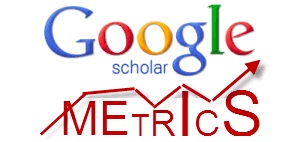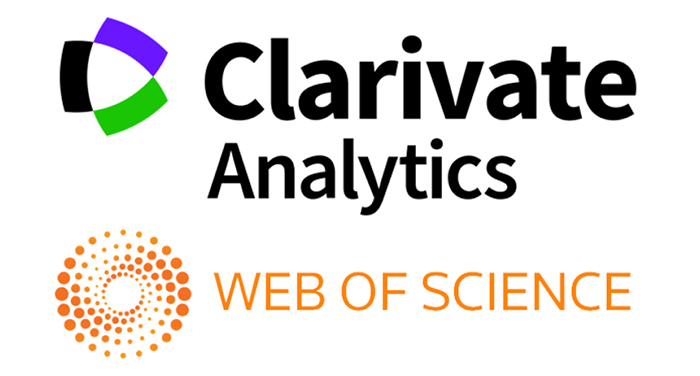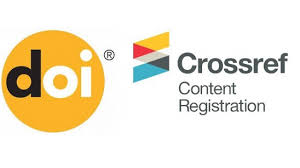DISCURSIVE TEACHING METHODOLOGY FOR ECOLOGY STUDENTS
Abstract
The discursive teaching methodology has emerged as an innovative approach in fostering critical thinking and problem-solving skills among ecology students, enabling them to address complex environmental challenges. This study explores the application of discursive teaching methodologies in the context of ecological education, focusing on their effectiveness in enhancing conceptual understanding, collaborative learning, and analytical abilities. The research employed a mixed-methods design, combining qualitative observations, student surveys, and quantitative assessments to evaluate the impact of this methodology over a semester-long course.
References
Johnson, D. W., & Johnson, R. T. (2017). Cooperative learning and environmental education. Journal of Environmental Education, 48(4), 233–243.
Freeman, S., Eddy, S. L., McDonough, M., & Smith, M. K. (2018). Active learning increases student performance in science, engineering, and mathematics. Proceedings of the National Academy of Sciences, 115(12), 8410–8415.
Alexander, R. (2019). Dialogic Teaching: Rethinking Classroom Talk. Routledge.
Kuhn, D. (2018). Thinking together and alone. Educational Psychologist, 53(2), 83–95.
Freeman, S., Eddy, S. L., McDonough, M., Smith, M. K., & Jordt, H. (2014). Active learning increases student performance in science, engineering, and mathematics. Proceedings of the National Academy of Sciences, 111(23), 8410-8415.
Zohar, A., & Dori, Y. J. (2003). Higher order thinking and low-achieving students: Are they mutually exclusive? The Journal of the Learning Sciences, 12(2), 145-182.
Johnson, D. W., & Johnson, F. P. (2009). Joining Together: Group Theory and Group Skills (10th ed.). Pearson.
Hake, R. R. (1998). Interactive-engagement versus traditional methods: A six-thousand-student survey of mechanics test data for introductory physics courses. American Journal of Physics, 66(1), 64-74.
Vygotsky, L. (1978). Mind in Society: The Development of Higher Psychological Processes. Harvard University Press. 93(3), 223-231
Copyright (c) 2025 News of the NUUz

This work is licensed under a Creative Commons Attribution-NonCommercial-ShareAlike 4.0 International License.


.jpg)

1.png)







